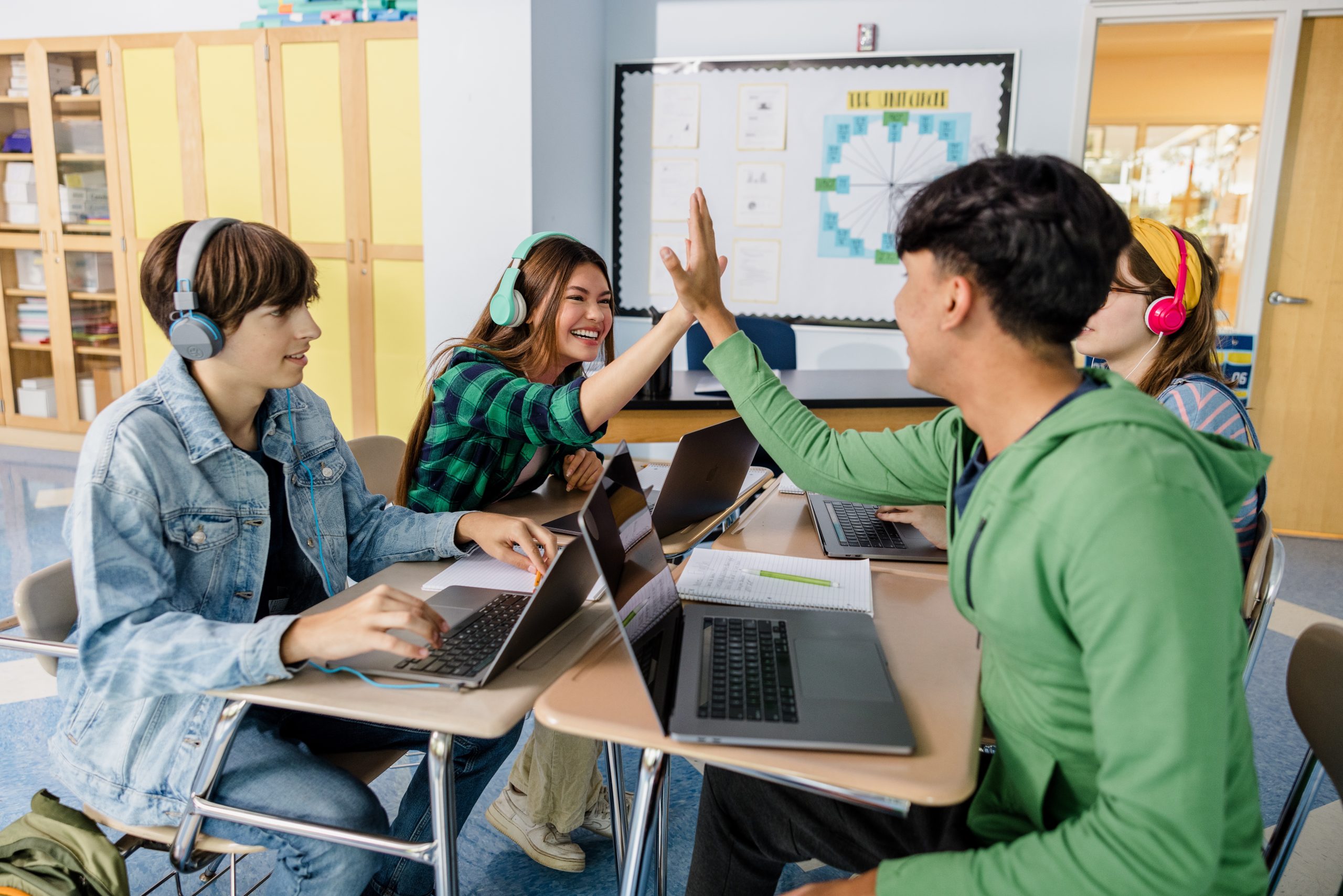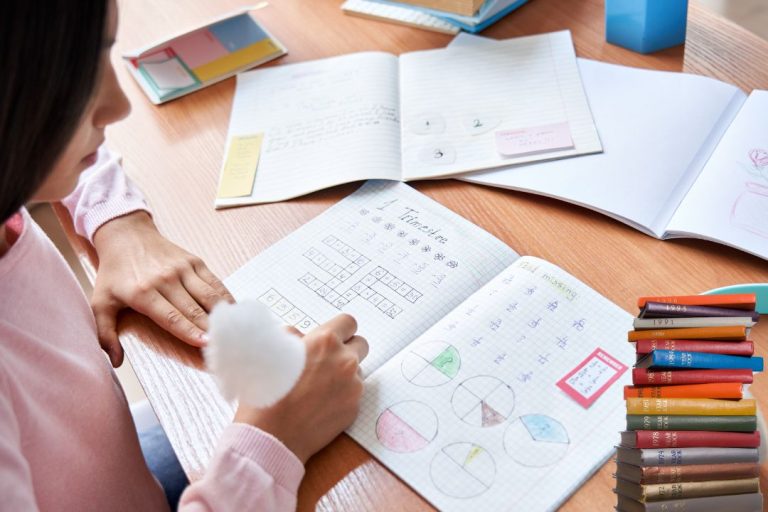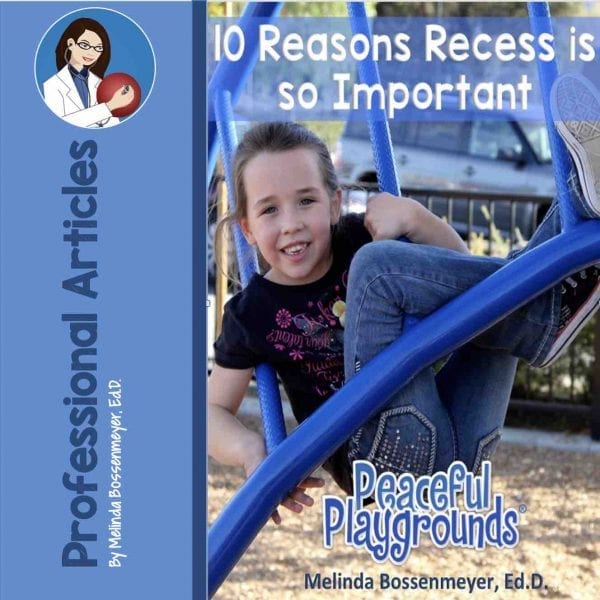Icebreaker Learning Styles Activity: Engage & Educate!

The Icebreaker Learning Styles Activity is an interactive exercise designed to help learners understand different learning preferences. Participants engage in tasks revealing their unique learning style.
Understanding learning styles is pivotal for educational success, and interactive activities like the Icebreaker serve as a practical tool in unlocking this understanding. Icebreaker activities bridge the gap between theory and practice, allowing learners to grasp the implications of being visual, auditory, or kinesthetic learners.
They foster self-awareness and promote a collaborative learning environment where participants can appreciate the diversity of learning approaches. Such activities are especially beneficial at the beginning of educational programs or training sessions, setting the stage for a more personalized and effective learning experience. These tailored strategies not only support student engagement but also pave the way for educators to design more inclusive curriculum schemes that accommodate varied learning preferences. By facilitating the Icebreaker Learning Styles Activity, educators can help students to identify their preferred methods of learning, empowering them with the tools to enhance their educational journey.
Icebreaker Learning Styles Activity Unveiled
Welcome to the unveiling of the Icebreaker Learning Styles Activity; an innovative tool designed to kick-start any educational session with energy and engagement. This method works wonders in unlocking the cognitive gates of learners by tapping into various learning preferences. Let’s delve into how this activity not only breaks the ice but also molds the learning experience to suit diverse styles.
Understanding The Concept And Importance
The Icebreaker Learning Styles Activity offers a dynamic approach to starting a learning session. Here, the focus is on identifying and respecting individual learning styles, forged through a series of engaging tasks. This recognition highlights the unique ways in which each participant processes and retains information, making learning more effective. Key to this concept is the understanding that when learners are comfortable and acknowledged, their ability to engage and absorb information skyrockets.
Key Objectives Of Icebreaker Activities
- Initiate Interaction: To encourage participants to start conversations and build rapport with each other.
- Assess Preferences: To evaluate different learning styles within the group.
- Boost Engagement: To stimulate interest and enthusiasm for the session.
- Promote Inclusivity: To ensure that every participant feels valued and recognized.
The Intersection With Educational Engagement
At the core of the Icebreaker Learning Styles Activity is its ability to foster educational engagement. By tailoring the icebreaker to address various learning styles—visual, auditory, kinesthetic, and reading/writing the activity sets a precedent for inclusive education. This practice not only elevates overall participation but also boosts the retention of material covered during the session.
For educators, understanding and implementing different learning styles within their teaching approach can lead to enhanced student performance and a more dynamic classroom environment.
Engage & Educate With Interactive Methods
Creating an interactive classroom environment isn’t just a nice-to-have; it’s a vital component to facilitate effective learning. The Icebreaker Learning Styles Activity offers an innovative way to do just that. It’s designed to kickstart engagement and cater to the varied ways individuals absorb information. From visual learners to kinesthetic enthusiasts, interactive methods like these ensure that every student gets the chance to shine.
Experiencing Active Learning Firsthand
Active learning is the cornerstone of a transformative educational experience. By incorporating hands-on activities like the Icebreaker Learning Styles Activity, instructors enable students to learn by doing. This involvement helps participants connect with the material on a deeper level as they apply concepts in real time.
The Role Of Interaction In Educational Settings
Interaction isn’t just a buzzword in education—it’s a powerful tool for cognitive development. Peer discussions, collaborative problem-solving, and active questioning are all elements of the interactive learning approach. Adding this layer of communication does more than just enliven the room; it encourages critical thinking and fosters a community of learners who support each other’s educational journeys.
Benefits Of Engaging Diverse Learning Styles
Every learner is unique, and a one-size-fits-all approach to education simply doesn’t cut it. With the Icebreaker Learning Styles Activity, the benefits are multi-fold:
- Improved retention: By involving multiple senses, information sticks better.
- Inclusive environment: Acknowledges and respects individual learning preferences.
- Increased motivation: When students feel understood, their enthusiasm for learning soars.
- Better outcomes: Diverse methods lead to deeper understanding and higher achievement.
In summary, the inclusion of various learning styles through interactive methods not only energizes the classroom but also ensures that all students have the opportunity to excel.
Crafting Your Icebreaker Activity
Embarking on the journey of education, it’s the icebreakers that often set the tone for a successful and engaging learning experience. Through ‘Crafting Your Icebreaker Activity’, educators can spark curiosity and foster a welcoming classroom environment. A well-designed icebreaker not only warms up the room but also honors the various learning styles within. This creates a foundation of inclusion right from the start. Tailoring these activities to mesh seamlessly with educational goals further boosts the effectiveness of your lesson plans.
Identifying Different Learning Styles
To create an icebreaker that resonates with every student, recognizing the spectrum of learning styles is vital. Commonly, these include visual, auditory, kinesthetic, and reading/writing preferences. By crafting an activity that incorporates elements appealing to each style, you ensure that learners start on an equal footing.
- Visual learners benefit from charts and imagery
- Auditory learners engage through listening and discussing
- Kinesthetic learners thrive with hands-on activities
- Reading/writing learners excel with written instructions and feedback
Steps To Design An Inclusive Icebreaker
Designing an inclusive icebreaker involves a series of deliberate steps:
- Analyze your audience to understand the learning styles present.
- Conceptualize activities that enable equal participation for all learners.
- Create material that’s easily accessible and understandable.
- Test the activity to ensure it meets the diverse needs of learners.
- Gather feedback to refine and perfect the icebreaker.
Tailoring Activities To Educational Goals
Each icebreaker should serve a double purpose: not only to warm up the classroom but also to align with the core educational objectives. To achieve this:
| Objective | Icebreaker Example |
|---|---|
| Team Building | Group puzzles that encourage collaborative problem-solving. |
| Communication Skills | Role-playing activities that enhance verbal and non-verbal skills. |
| Critical Thinking | Debate sessions linked to the course content, prompting analytical discussion. |
Ensuring that icebreakers reflect your course’s aims will not only break the ice but also lay down stepping stones towards the deeper educational journey ahead.

Credit: www.hmhco.com
Seamlessly Incorporating Learning Styles
An engaging classroom is one that acknowledges and respects the diverse ways in which students absorb and process information. By seamlessly incorporating various learning styles through Icebreaker Learning Styles Activities, teachers can create a dynamic and inclusive environment that caters to visual, auditory, and kinesthetic learners. Let’s explore how these methodologies can be adapted to ensure everyone’s needs are met from the start of any educational journey.
Strategies For Visual, Auditory, And Kinesthetic Learners
Understanding that students have different learning preferences is key to creating effective icebreaker activities. Here, we’ll delve into techniques tailored for each type of learner:
Visual Learners
- Graphical representations to illustrate concepts
- Visual aids like charts, images, and mind maps
- Interactive slideshows to enhance engagement
Auditory Learners
- Discussions and Q&A sessions that encourage verbal participation
- Use of songs or rhymes to introduce new concepts
- Storytelling techniques to contextualize learning material
Kinesthetic Learners
- Hands-on activities and experiments
- Role-playing games to simulate real-life scenarios
- Movement-based games that incorporate learning outcomes
Adapting Activities For Mixed Learning Groups
To accommodate mixed learning groups, versatile icebreakers that engage all senses are ideal. Implementing activities that combine visual cues with auditory instructions and a kinesthetic component ensures that each student’s learning preference is addressed:
- Multimedia presentations that include audio, visuals, and interactive elements
- Group work that splits responsibilities to cater to different learning strengths
- Adaptation of traditional games to include elements suitable for each learning style
Real-world Examples Of Successful Icebreaker Integration
Success in integrating icebreakers that accommodate different learning styles is evident in classrooms worldwide:
| Activity | Visual | Auditory | Kinesthetic |
|---|---|---|---|
| Interactive Quizzes | Images/Charts | Spoken Questions | Physical Answer Selection |
| Info Scavenger Hunts | Clue Cards | Audio Clues | Physical Movement |
| Building Blocks | Color Coding | Instructional Audio | Model Assembling |
By embracing diversity in learning styles, educators can ensure that icebreaker activities are not only fun but also incredibly effective in setting the stage for a successful and inclusive learning experience. The creative possibilities are endless, and the benefits are manifold.
Measuring Icebreaker Activity Success
The true value of an icebreaker activity lies not just in its ability to warm up the participants but also in the tangible outcomes it can achieve. Assessing the success of these introductory exercises is crucial to determine their effectiveness and hone the learning experience. This entails using precise tools and metrics, collecting actionable feedback, and embracing a cycle of continuous improvement for future sessions.
Tools And Metrics For Assessment
To gauge the effectiveness of an icebreaker activity, educators and facilitators can deploy a combination of tools and metrics. Metrics should assess participants’ engagement, ease of communication post-activity, and the overall atmosphere of the learning environment.
- Survey Tools: Post-activity surveys can capture quantitative and qualitative data on participants’ experiences.
- Observational Notes: Facilitators can make notes during the activity about participant interaction and involvement.
- Engagement KPIs: Key performance indicators such as time taken for the activity, number of participants speaking, and overall energy levels serve as strong indicators of success.
Recording the data is vital, and tools like Google Forms or SurveyMonkey streamline the process. Analysis of data helps determine whether the activity met its goals; did it break the ice and prepare participants for the learning session?
Soliciting And Implementing Feedback
Feedback is the cornerstone of evaluating and refining icebreaker activities. Honest responses from participants provide insights that numbers alone cannot.
- Distribute feedback forms immediately after the icebreaker to capture in-the-moment thoughts.
- Encourage specificity in feedback to gain more actionable insights.
- Use open-ended questions to uncover perspectives you may not have considered.
Implementing the feedback means making adjustments to future activities. This could involve altering the complexity, duration, or even the type of activity to better suit the audience.
Continuous Improvement For Future Sessions
Icebreaker activities are not a ‘set-and-forget’ component of learning sessions. Each group of participants brings unique dynamics, and what works for one may not work for another. Therefore, a commitment to continuous improvement is key.
Combining data analysis with participant feedback leads to strategic changes that improve future activities. Revisiting success metrics and feedback after each iteration helps develop a tailored approach that resonates more effectively with each new cohort. Regular updates based on this cycle ensure that icebreaker activities remain fresh, relevant, and successful.
Frequently Asked Questions Of Icebreaker Learning Styles Activity
What Is An Icebreaker Learning Styles Activity?
An Icebreaker Learning Styles Activity is an engaging game or exercise designed to introduce participants to each other while highlighting their individual learning preferences. It’s often used in educational settings to foster better group dynamics.
How Do You Conduct A Learning Style Icebreaker?
To conduct a learning styles icebreaker, first identify the key learning styles. Then create activities that allow participants to demonstrate their preferred learning method. Guide the group through each activity, promoting discussion and reflection on their experiences.
Can Icebreakers Improve Team Learning Effectiveness?
Yes, icebreakers can significantly improve team learning effectiveness. They encourage openness, help learners understand each other’s strengths, and make the learning environment more comfortable, enhancing overall group collaboration.
What Are The Benefits Of Learning Style Activities?
Learning style activities benefit by tailoring educational experiences to individual needs, boosting retention, and engagement. They also provide insights into how peers learn differently, promoting empathy and more effective group work strategies.
Conclusion
Unlocking the potential of each learner in a group setting hinges on effective icebreaker activities tailored to diverse learning styles. Remember, adapting your approach to engage visual, auditory, and kinesthetic participants strengthens teamwork and retention. As you implement these dynamic exercises, anticipate a transformative impact on group dynamics and educational outcomes.

Emily specializes in integrating arts into early childhood education. She believes in fostering creativity and imagination through music, art, and drama activities.







5 Comments